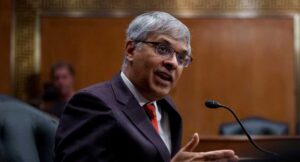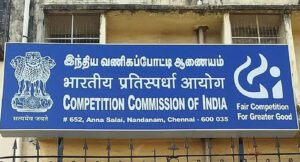Apollo Hospitals, one of India’s biggest hospital chains, has announced a new partnership to further develop its AI tool for predicting cardiovascular disease risks.
It will collaborate with 3M spinoff Solventum Health Information Systems to use its patient classification and quality methodologies to enhance cardiovascular care. Specifically, Solventum’s tools will be integrated with Apollo’s AI-powered Cardiovascular Disease Risk technology.
They will later work to assess the effectiveness of their combined solution on population health and resource efficiency metrics, including mortality, lengths of stay, complications, and readmissions.
“The project aims to evaluate opportunities to deliver high quality care in the most cost-effective way by leveraging the potential of diagnosis related groups, case mix index, and the severity of illness, and by increasing the efficiencies in resource utilisation,” their media release read.
Why it matters
The partnership zeroes in on cardiovascular diseases, the leading causes of premature death and morbidity in India. Given its growing burden (cardiovascular diseases account for over a quarter of deaths in the country) alongside the continuing severe cardiologist shortage – now at one cardiologist per 250,00 people, the use of predictive analytics has become more critical to bridge this gap, they said.
The enhancement of Apollo’s predictive analytics tool is expected to boost Apollo’s capability to identify patients at great risk of adverse outcomes and further hospitalisation.
The larger context
Apollo introduced its Cardiovascular Disease Risk tool in 2021. Built using data from more than 400,000 patients, the tool takes into account lifestyle attributes and vital signs to predict an individual’s risk of cardiovascular diseases.
The following year, the predictive tool was integrated into ConnectedLife, a healthcare application and a Fitbit partner in Singapore.
Besides predictive analytics for cardiovascular care, the hospital chain has pursued various AI projects over the past years. Most recently, Apollo Hospitals has reportedly planned to adopt AI copilots from Microsoft as part of a new partnership to support its AI roadmap implementation.
On the record
“This powerful union enables us to pinpoint high-risk patients more accurately and deliver timely, personalised care. This breakthrough is leading to a dramatic reduction in complications and hospital stays while fundamentally transforming patient outcomes and broadening access to the high-quality care every individual deserves,” Apollo Hospitals co-managing director Dr Sangita Reddy said.
“We believe this collaboration can help us more accurately identify patients who are at high risk of adverse outcomes that may need additional services. We anticipate improved patient access, operational efficiency, and clinical outcomes as a result of our joint efforts,” added Dr Sandeep Wadhwa, global chief medical officer at Solventum HIS. Healthcare IT News









